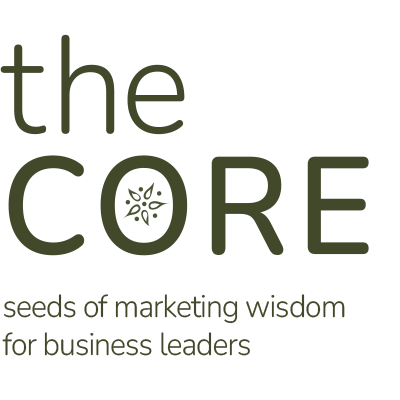In today’s world of advanced analytics and dashboards, creating a data-driven, decision-making culture has become a popular topic of conversation for business leaders and marketing professionals. However, there can be a lot of challenges when trying to implement a culture where data is the diplomat when it comes to making strategic decisions.
While there’s always a balance of quantitative data and qualitative experience, businesses that use data to drive their strategies and decisions see tremendous growth. Companies who adopt data-driven marketing are six times more likely to be profitable year-over-year. And yet, 87% of companies say data is the most underused asset in their marketing efforts.
How to Create a Data-Driven Culture for Growing Your Business
So, how do you change that reality and create a data-driven culture in order to grow your business? Here are a few keys:
- Make sure key stakeholders are ready to embrace fact-based decision-making. It’s unlikely that everyone will naturally embrace the shift toward data-driven decision-making. For some, it won’t seem natural. While you don’t need everyone’s buy-in to start changing the culture, you do need the key stakeholders to get on board. It’s very important that the commitment to data-driven decision-making permeates from the top down.
- Pick one objective or area to start improving first. Figuring out where to start can be the most overwhelming aspect of making the shift. Business leaders can often suffer from paralysis of analysis when trying to figure out where to start. If you’re trying to become a data-driven culture, it is important to think of things in stages. Start small with one area that might be a priority for the entire organization that has enough data.
- Don’t forget to communicate “what’s in it for them.” People are more accepting of change when they understand how it makes their lives better. Whenever you’re trying to shift the culture in your organization, don’t forget to communicate how data-driven decision-making will specifically help each person. It could be that data helps them close more deals or prioritize their time more effectively. Answering “what’s in it for them” is essential for getting buy-in from people who might seem resistant.












